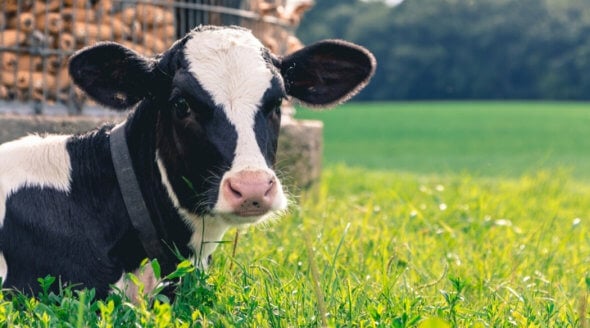All About Animals: The Issues (Ages 11-14): Animal Testing (Vivisection)
Animals in laboratories are used to test household products, such as dye and soap, nappies and washing powder; agricultural and industrial substances, medicines, weaponry, including biological warfare weapons as well as food additives and possible environmental pollutants. Animals are also used in psychological experiments.
According to the 2002 government statistics, 2.73 million animals were used in British laboratories. These included monkeys, dogs, cats, horses and birds, rabbits and guinea pigs. Around sixty per cent of these experiments were conducted with no anaesthetic at all, while the rest were administered ‘some form of anaesthesia to alleviate the severity of the interventions.’ All the animals died, either as a result of the experiment, or were killed at the end when they were no longer useful. Some animals may survive one experiment and be used in a subsequent procedure before being killed.
 Most of the animals used are rats and mice but these animals have feelings (are “sentient”) just like dogs, pigs and humans! Did you know that mice in the wild can leap and climb trees? Or that one type of mouse called a harvest mouse builds a nest of woven grass attached to stalks or reeds above the ground? Did you know that dormice can lower their body temperature to save energy when it’s cold or when there isn’t much food around? It’s all true! Now that’s amazing!
Most of the animals used are rats and mice but these animals have feelings (are “sentient”) just like dogs, pigs and humans! Did you know that mice in the wild can leap and climb trees? Or that one type of mouse called a harvest mouse builds a nest of woven grass attached to stalks or reeds above the ground? Did you know that dormice can lower their body temperature to save energy when it’s cold or when there isn’t much food around? It’s all true! Now that’s amazing!
Rats are also very intelligent animals who have very sharp hearing and a good sense of smell. They are good swimmers and climbers and like to live in groups. People who look after domestic rats say that rats are affectionate and gentle and that they are very keen explorers!
Someone who thinks it is OK to test things on animals might say…
- “Using animals is a good way to find out whether products like polish, shampoo and medicines are safe for people to use. At least no humans get hurt!”
- “Animals do not always react to things in the same way people do, but they do help us predict whether a product might be safe.”
- “Not just anyone can use animals in this way. The government says who can do it, and may stop a person at any time.”
Someone who thinks it is wrong to use animals like this might say…
- “It is not right to use animals like this because animals hurt, just like we do.”
- “There are other ways to test products. We can even use computers to find out if a medicine or shampoo will hurt us.”
- “We cannot tell if a medicine is going to help or hurt a person by testing it on an animal; we can only find out what it will do to that type of animal. People still get hurt because some medicines that are safe for other animals aren’t safe for people.”
- “No one keeps track of every test, so animals are used over and over for the same painful tests when they don’t have to be.”
You want more info? This is where to go:
| BUAV | www.buav.org | 020 7700 4888 |
| Research Defence Society | www.rds-online.org.uk | 020 7287 2818 |
Talk About: Topics to Chat About!
1. What do you think about testing things like nail polish and shampoo on animals?
2. Is it OK to use animals to test medicines? Why or why not?
3. Would you prefer to buy products that were tested without hurting animals?

